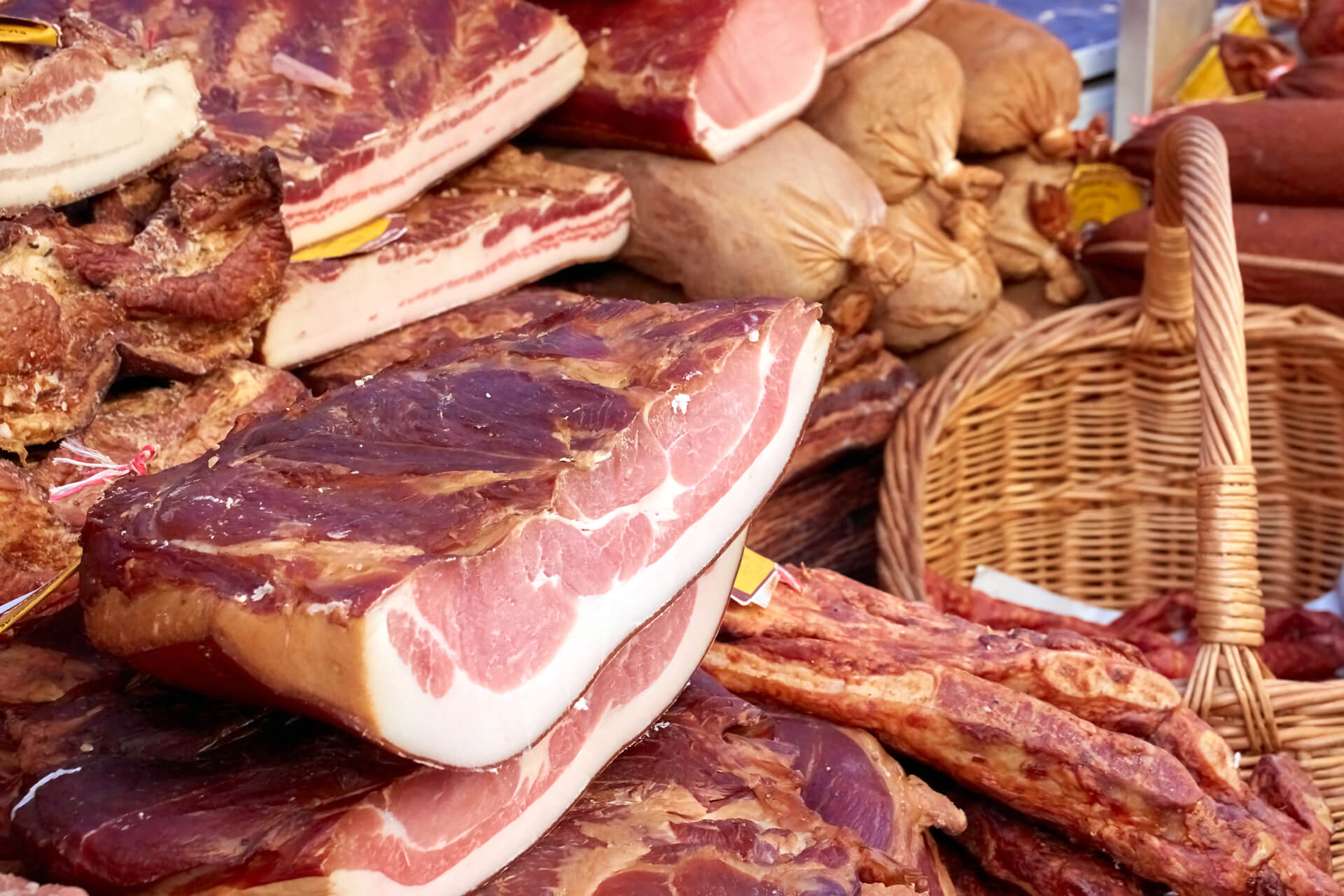Discover Fresh Cuts at Bagley Farms Meat Market Edwardsville IL for Your Next barbeque
Discover Fresh Cuts at Bagley Farms Meat Market Edwardsville IL for Your Next barbeque
Blog Article
Uncover the Art of the Butcher's Cut in a Modern Meat Market
In the ever-evolving landscape of modern meat markets, the butcher's cut has transcended its conventional roots, merging olden workmanship with contemporary practices. Today's butchers are not just cpus of meat; they are educated artisans who highlight sustainability and moral sourcing. Their know-how in picking and preparing cuts customized to details culinary demands uses an exceptional eating experience. What truly sets the contemporary butcher apart is their capacity to build a much deeper link between customers and the beginnings of their meat. How do these masters balance practice with advancement, and what ramifications does this have for the future of meat intake?
Advancement of Butchery Methods
The evolution of butchery techniques reflects an abundant tapestry of technology and adjustment driven by advancements in modern technology, changes in consumer need, and a deeper understanding of meat science. Historically, butchery was a craft passed down through generations, with approaches honed over centuries to take full advantage of yield and flavor. The industrial transformation ushered in automation, changing conventional techniques and allowing massive processing.
The mid-20th century saw butchery techniques additionally improved by scientific understandings right into muscle mass biology and meat aging, improving both inflammation and taste. Technologies like vacuum cleaner packaging and refrigeration expanded product shelf-life, enabling butchers to expand offerings and enhance quality control. This duration also marked the increase of customized devices, such as band saws and meat slicers, which boosted precision and effectiveness in meat handling.

Electronic systems now aid in monitoring pet provenance and optimizing cuts to meet particular client choices. Furthermore, a revival in artisanal butchery has arised, mixing traditional abilities with modern understanding to cater to consumers looking for ethical and sustainable meat options.
Recognizing Meat Cuts
Understanding the details of meat cuts is vital for both butchers and customers looking for top quality and worth. For butchers, precise cuts mirror ability and respect for the craft, making sure very little waste and optimal yield.

Understanding muscle mass structure is crucial; muscular tissues used more regularly by the animal have a tendency to be tougher and are best fit for slow food preparation techniques, while less-used muscular tissues, like those located in the loin, are much more tender and suitable for cooking or roasting. Knowledge with these distinctions encourages customers to make informed selections, improving their culinary ventures.
Choosing High Quality Meat
Picking the ideal meat entails more than just choosing an aesthetically attractive item from the screen. The art of picking top quality meat needs a discerning eye and expertise of particular features that signify freshness and excellence.
Secondly, consider the marbling, which refers to the white streaks of fat within the muscle mass. Proper marbling is a vital indication of tenderness and taste, as it melts during cooking, enhancing the meat's juiciness. Bear in mind, higher marbling commonly correlates with exceptional top quality cuts, such as USDA Prime.
Appearance is one more crucial variable; meat needs to really feel strong to the touch, not slimed or extremely soft. Furthermore, be conscious of the aroma. Fresh meat must have a tidy, neutral scent, devoid of any type of sour or off-putting smells.
Pairing Cuts With Cooking Methods

Conversely, harder cuts like brisket and chuck roast are rich in collagen, which damages down right find out here now into gelatin when prepared slowly. These cuts are ideal for braising or sluggish roasting, permitting the meat to tenderize with time and establish deep, intricate flavors. Cuts such as brief ribs and pork shoulder make out well with slow-cooking techniques, where expanded cooking times change their durable appearances into succulent meals.
Lamb shanks and oxtail, which require prolonged cooking to soften, are perfect prospects for cooking or slow-moving simmering. These techniques coax out abundant, passionate flavors while keeping dampness. By understanding the special attributes of each cut, chefs and home cooks alike can boost their culinary productions, guaranteeing each meal is both pleasing and unforgettable.
The Butcher's Role Today
Navigating the advancing landscape of the modern-day meat market, the butcher's role today prolongs beyond mere prep work of cuts. Contemporary butchers are culinary craftsmens, educators, and supporters for lasting practices.
In addition to crafting accurate cuts, butchers now engage directly with clients, supplying cooking suggestions and customizing choices to suit specific needs and choices. Their competence in meat aging, marbling, and taste profiles encourages customers to make educated choices, improving their culinary experiences. This individualized solution exhibits the butcher's evolving duty as a relied on expert in the cooking area.
Furthermore, butchers are essential in lessening waste, making use of entire animals to create varied products such as sausages and supplies. This detailed technique not just respects the pet but additionally lines up with modern sustainability goals. By doing this, the modern butcher symbolizes both custom and development, adjusting to an ever-changing market while protecting go to this site the creativity and stability of their craft.
Final Thought
Proficiency in comprehending varied meat cuts and top quality indications empowers butchers to provide educated recommendations, aligning particular cuts with optimum cooking directory approaches. By honoring historical methods while welcoming modern demands, the butcher's duty remains crucial in today's innovative meat market.
Report this page